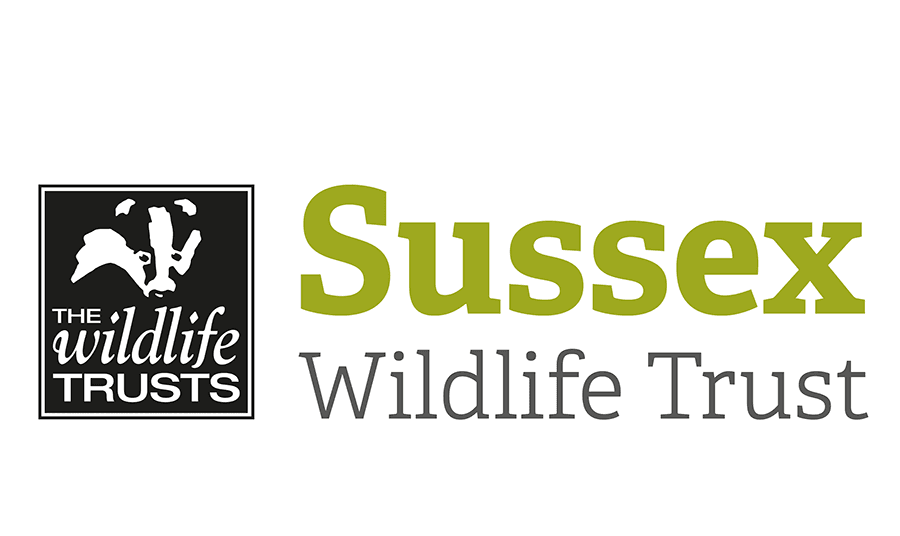Volunteering Opportunity With Shoresearch

Shoresearch is The Wildlife Trusts’ national citizen science survey of the intertidal shore, the exciting world of extremes where the sea meets the land. It’s a great way to explore your local coast, learn more about the wildlife found there and add to our understanding of this important habitat.
Volunteers are trained to identify and record the wildlife on shores across the UK. The data collected by this project helps experts to monitor our fragile sea life and better understand the effects of pollution, climate change and invasive alien species. Shoresearch data has been key to designating many of our Marine Conservation Zones.
Want to get involved? Anyone can help with Shoresearch. Volunteers will be required to register in advance for each event, and to do so need to be registered as a volunteer with Sussex Wildlife Trust. Please contact swtvolunteering@sussexwt.org.uk if you wish to register as a volunteer.
What’s involved? There are four types of surveys:
- Quadrat Biodiversity Survey ~ for shores of hard substrate (rocky, pebbles/shingle, bedrock) and involves collecting species abundance and habitat data at random points, in a selected area of the intertidal zone, using a quadrat.
- Box Corer Biodiversity Survey ~ for intertidal sediment shores (sand, mud, silt) and involves collecting species abundance and habitat data at random points, in a selected area of the intertidal zone, using a corer.
- Timed Species Search ~ During this survey a select list of species are searched for across an area of shore within a fixed time period to assist with the monitoring of their distribution around the UK.
- Walkover Survey ~ for shores of hard substrate (rocky, pebbles/shingle, bedrock) and involves collecting qualitative information on species found within a selected area of the intertidal zone.
Sound good? Find out more here.